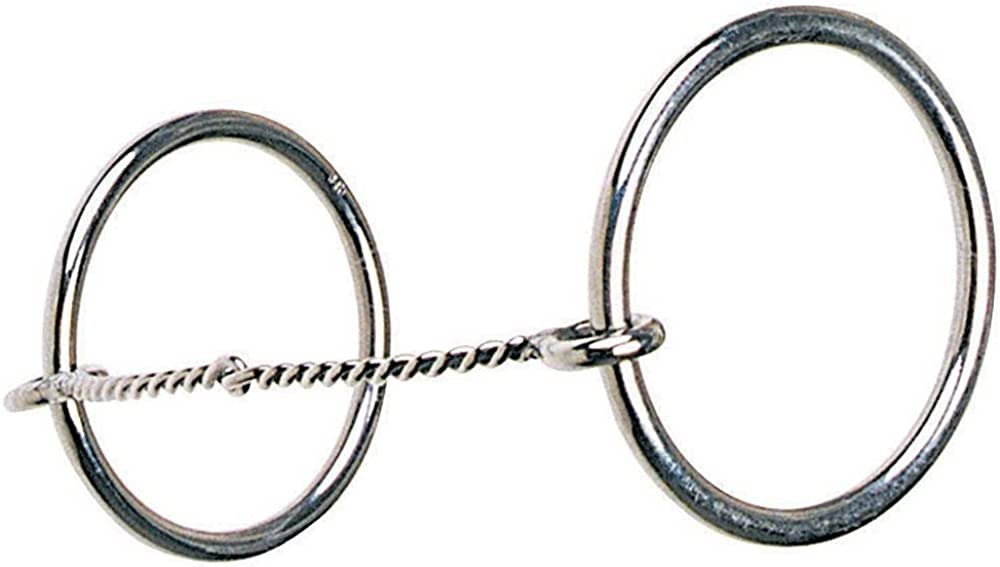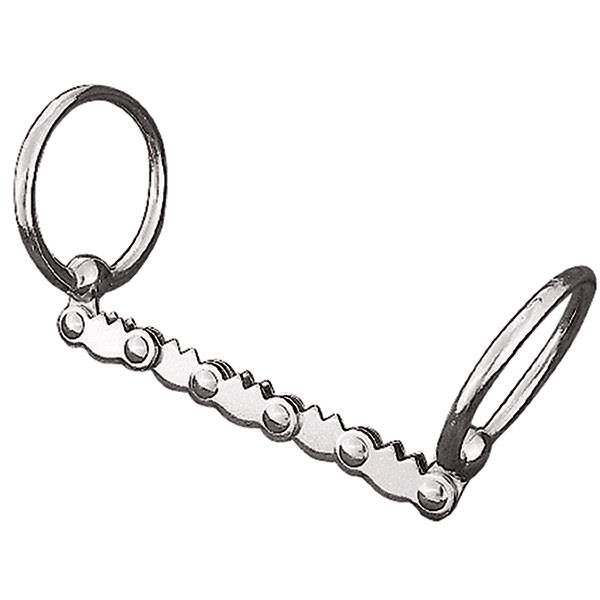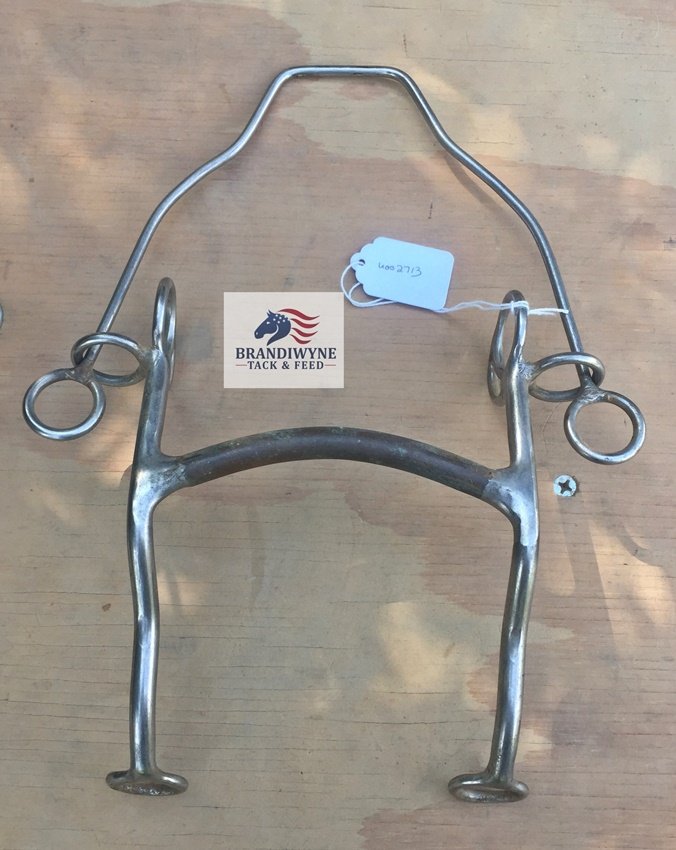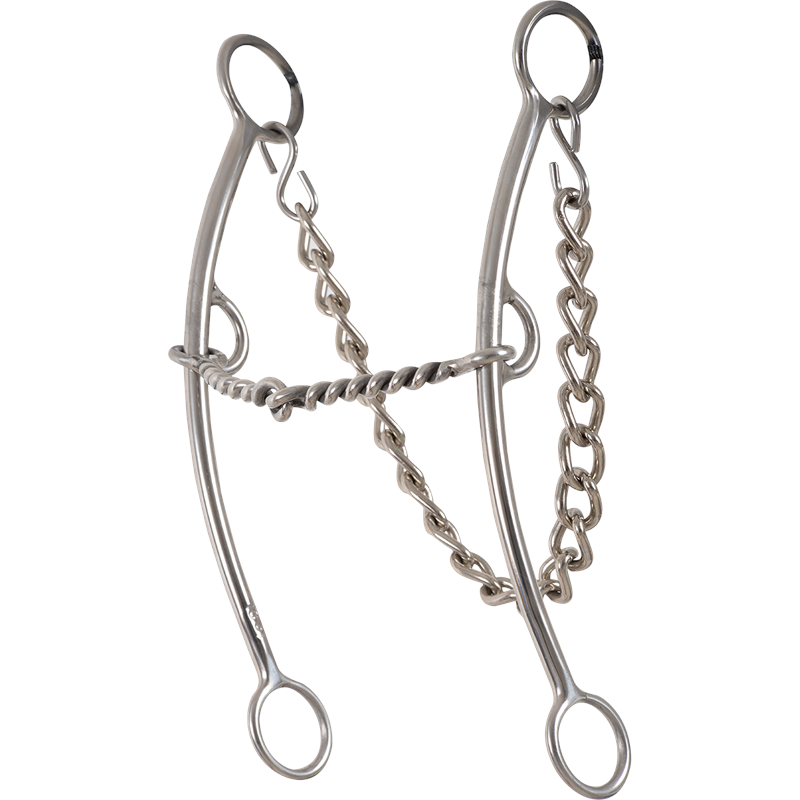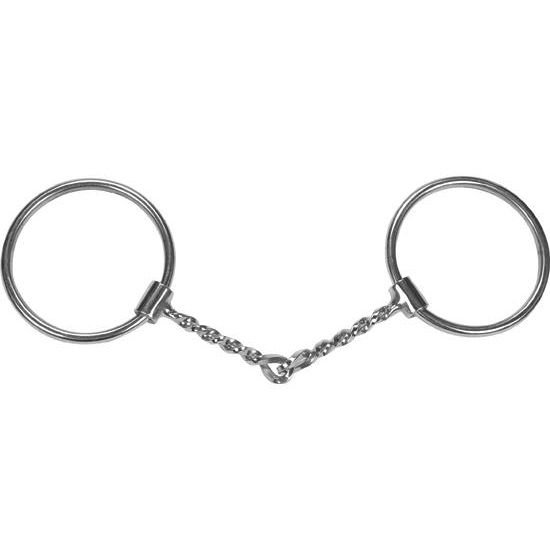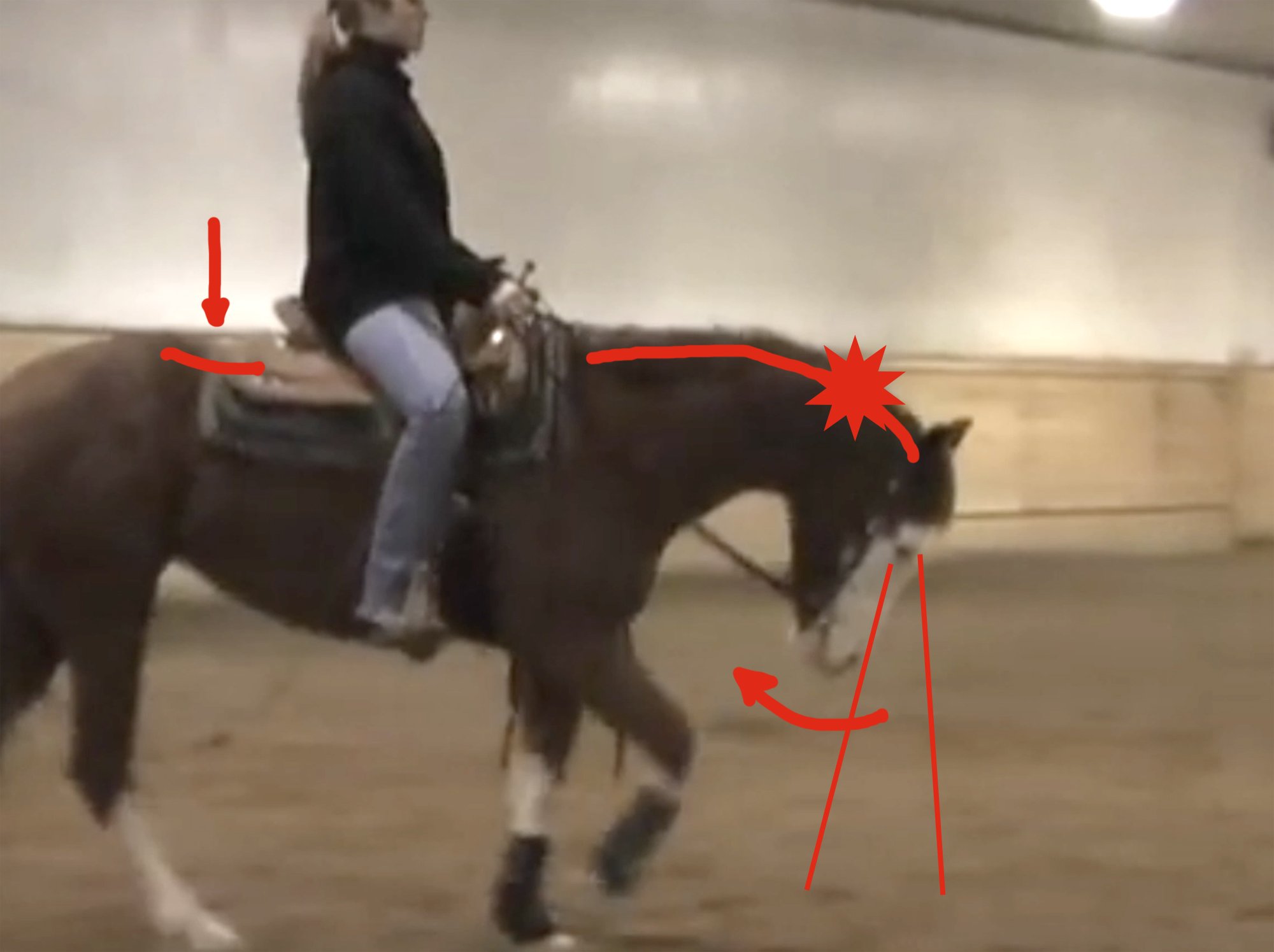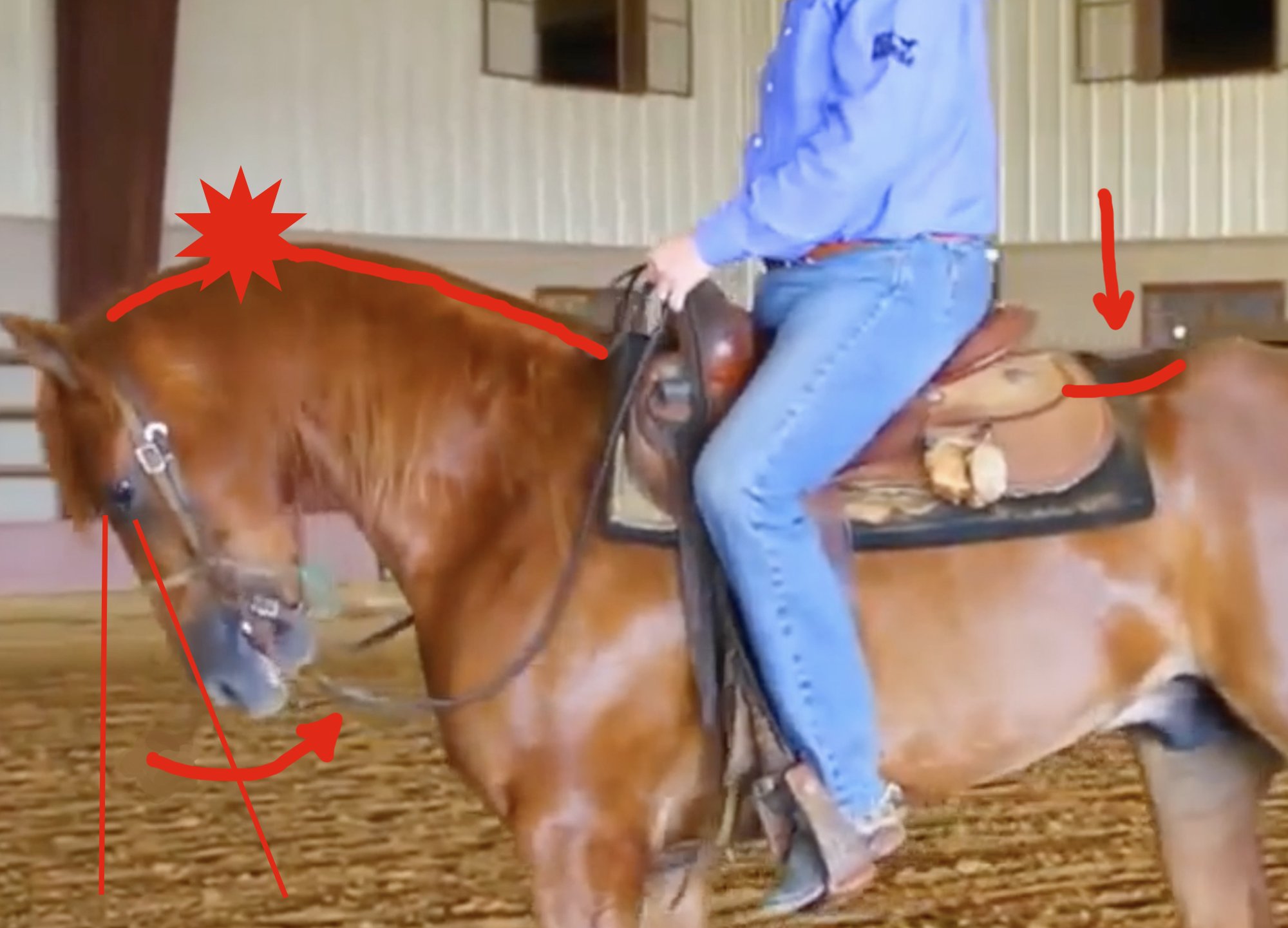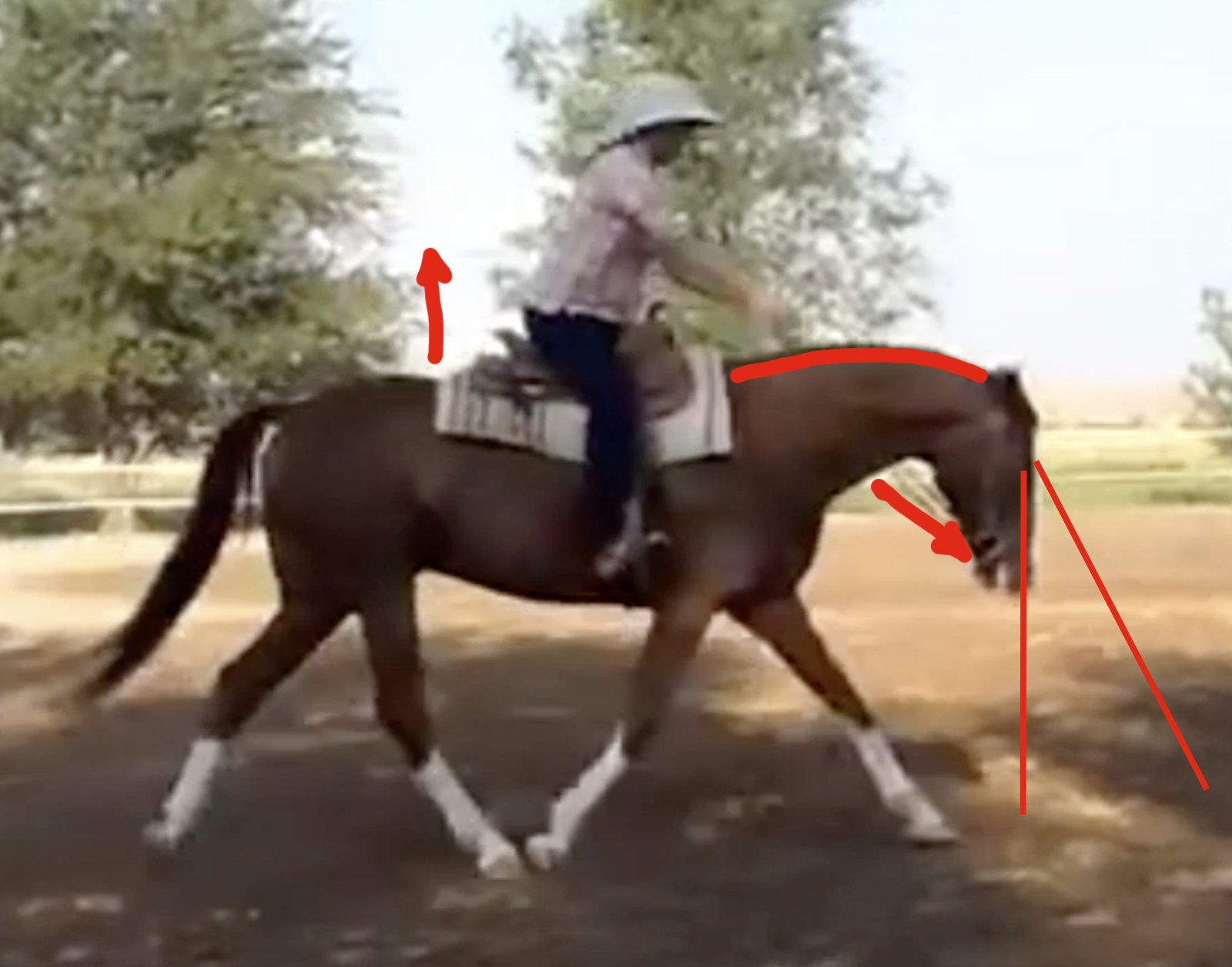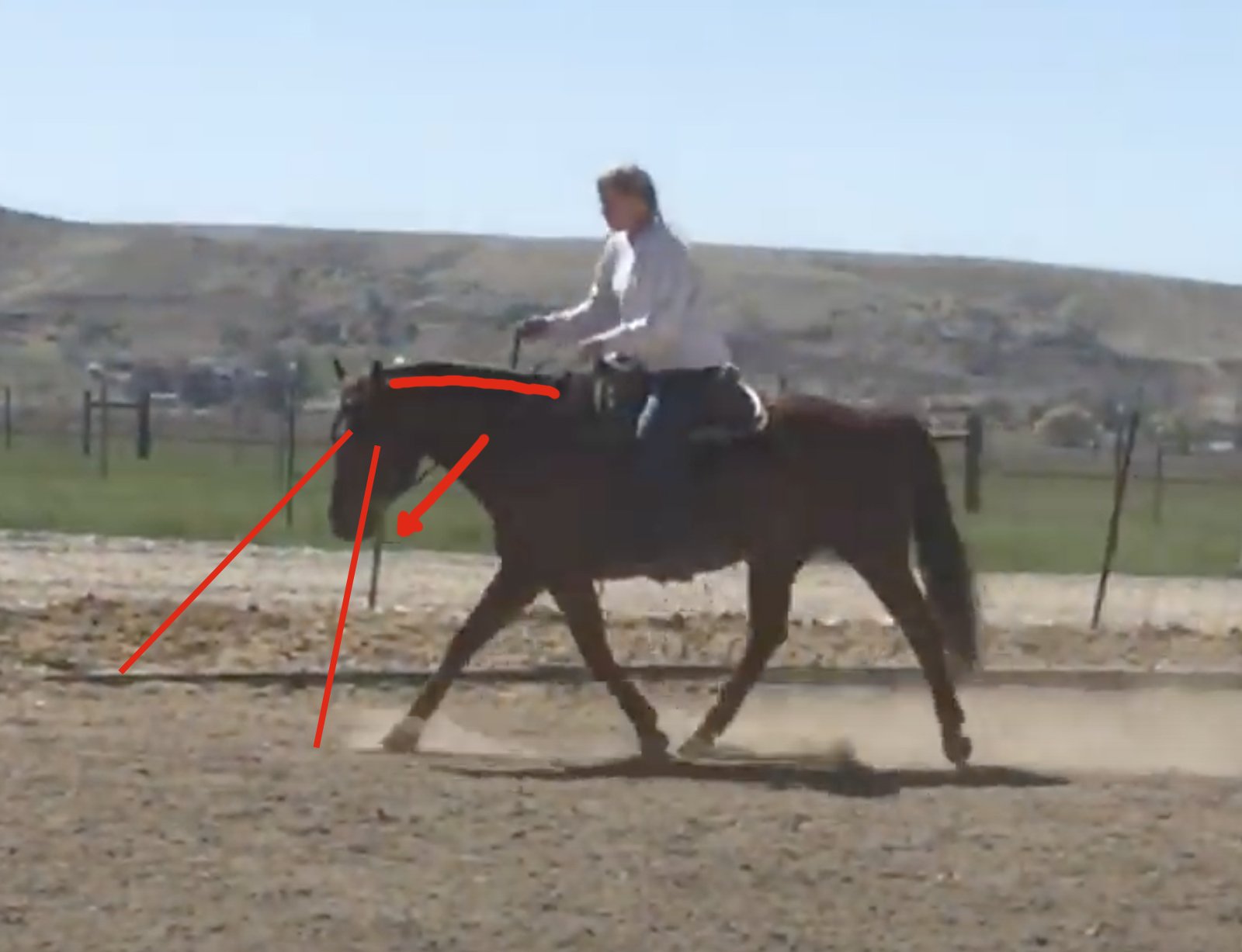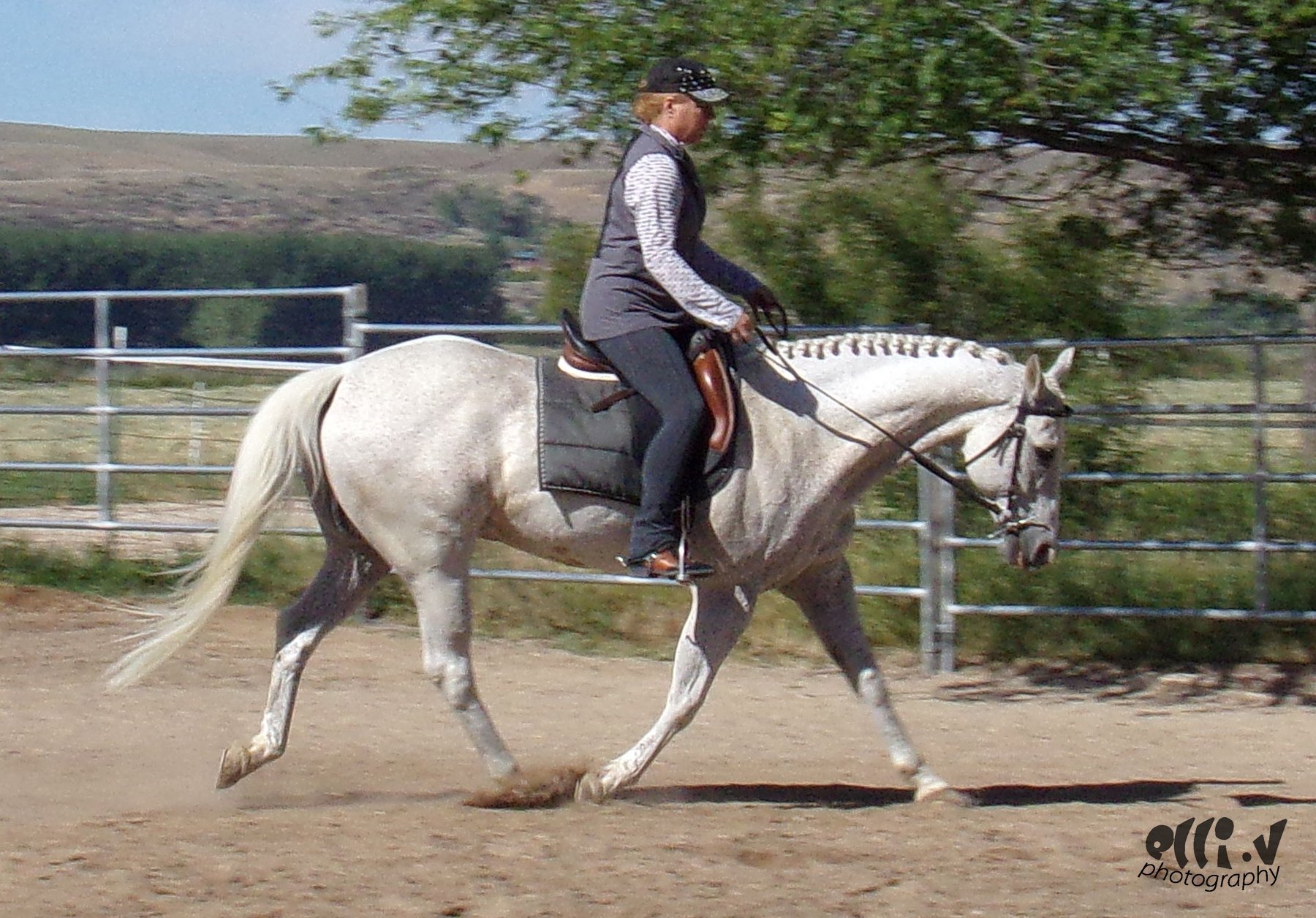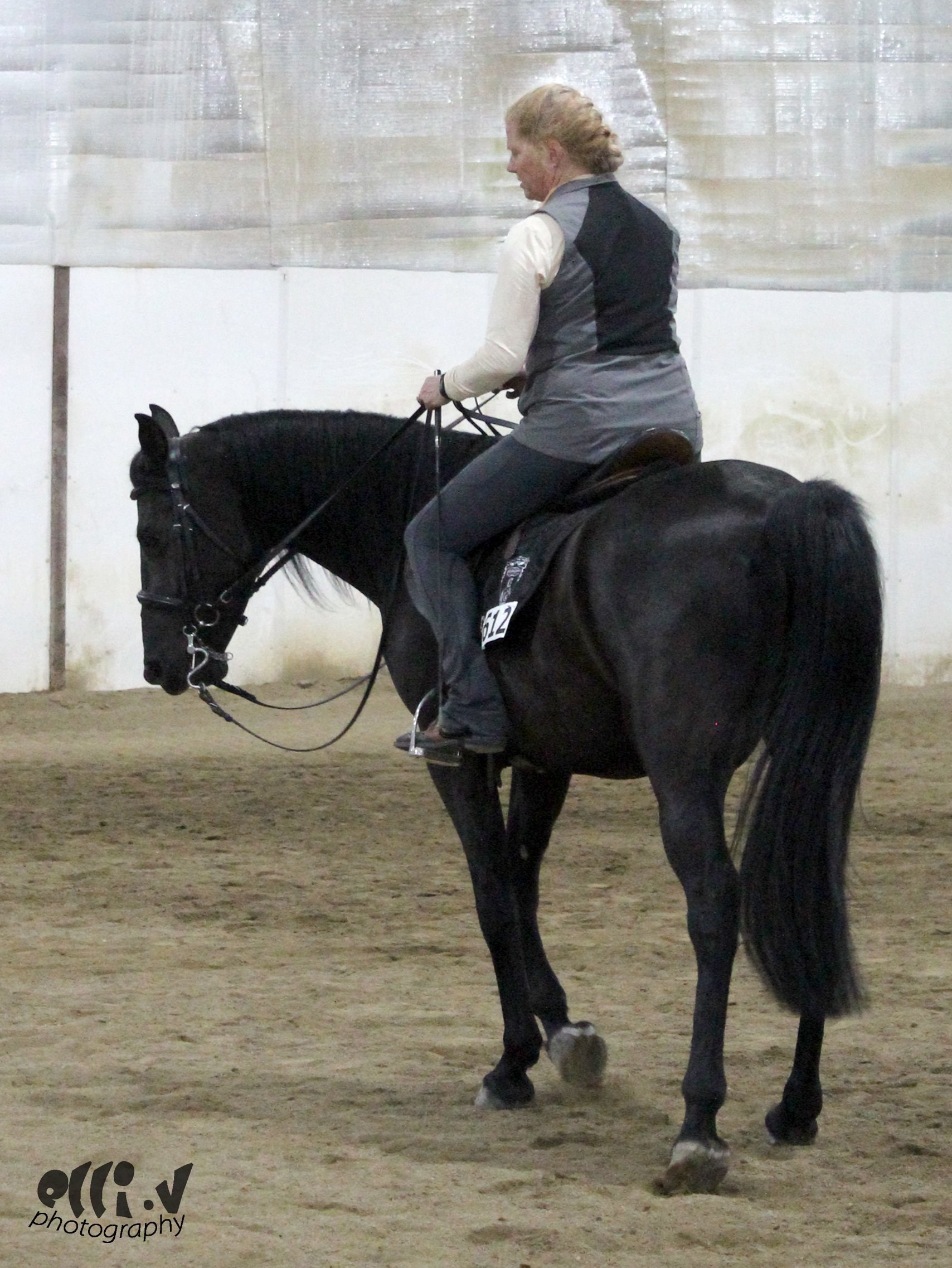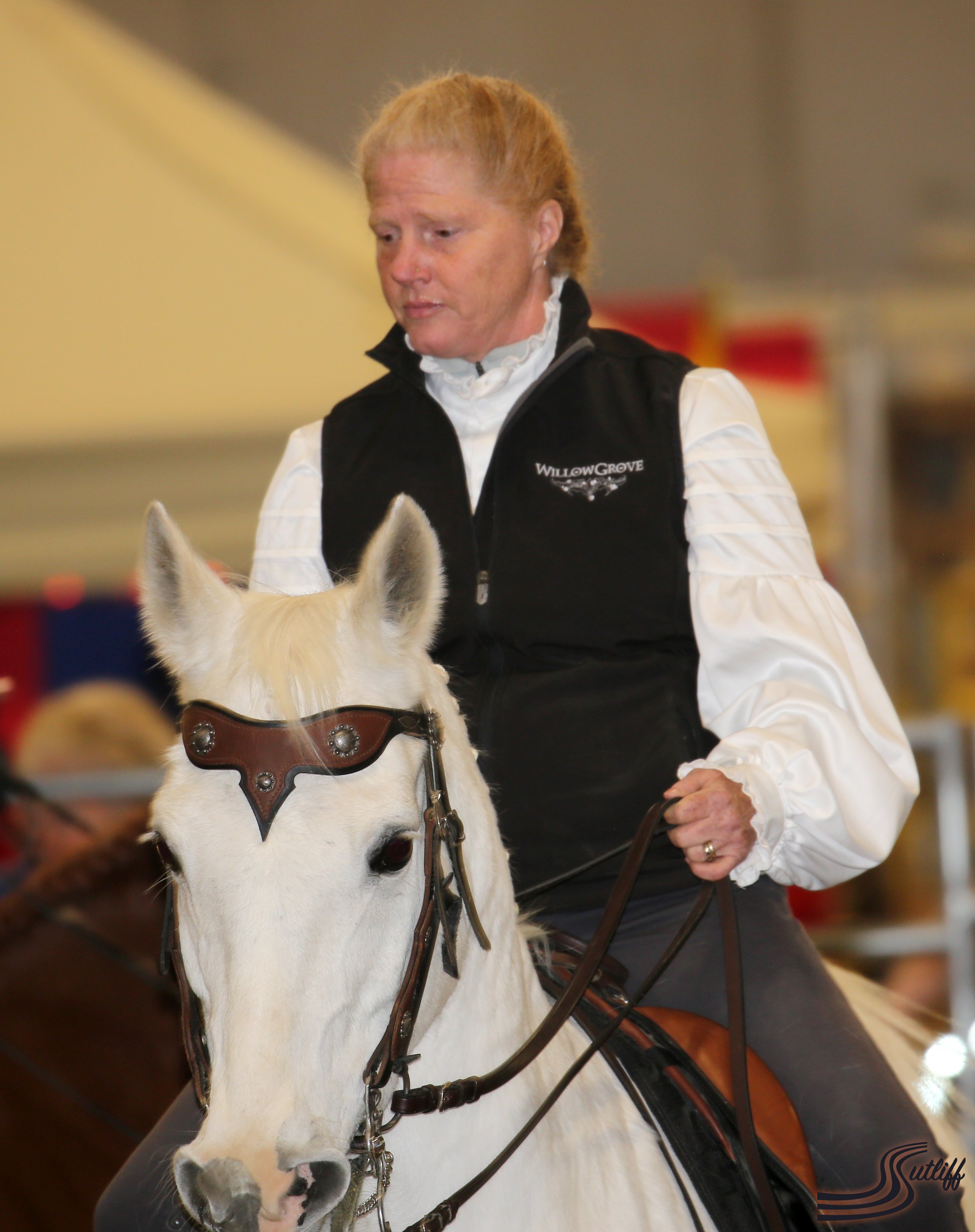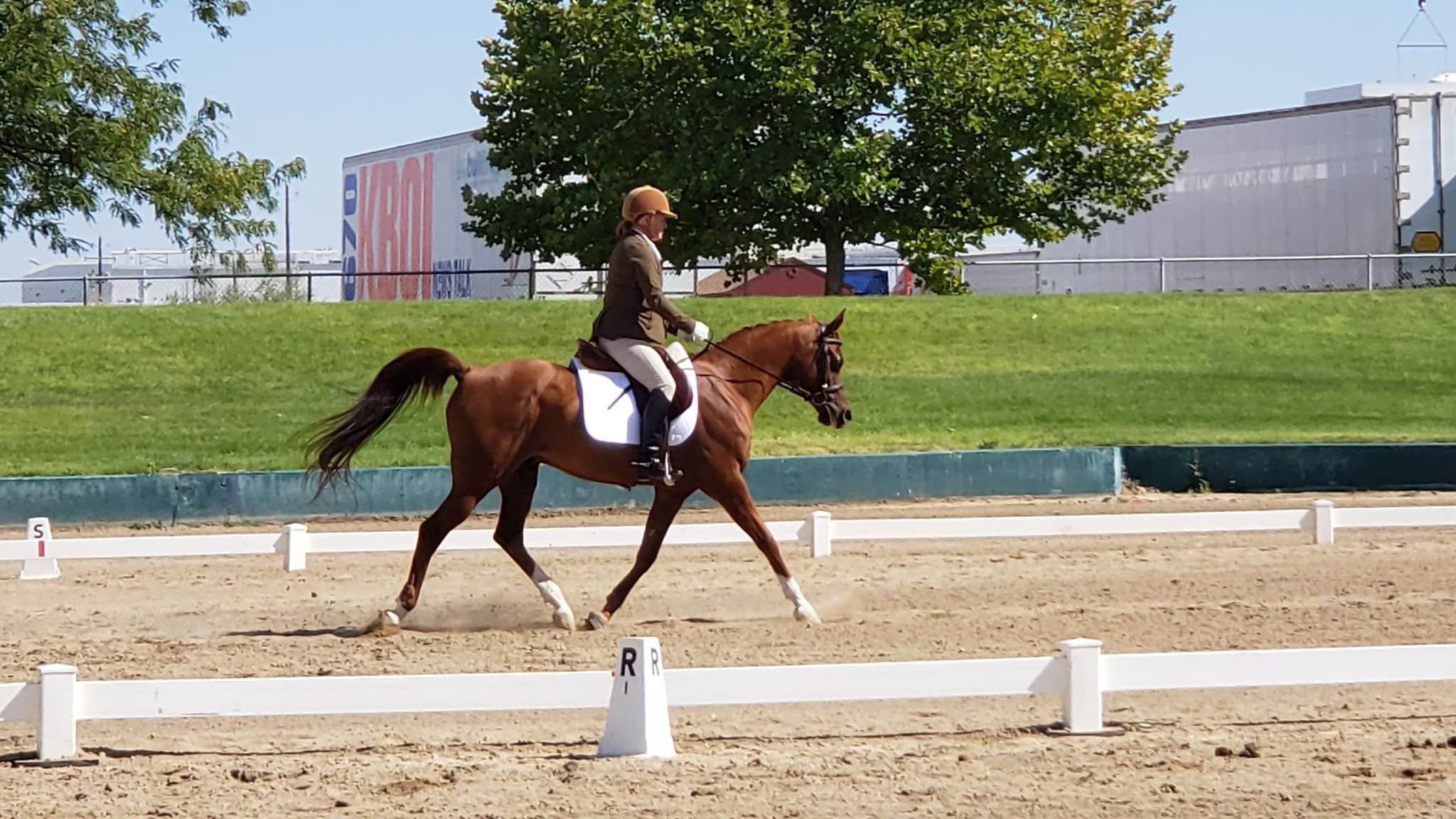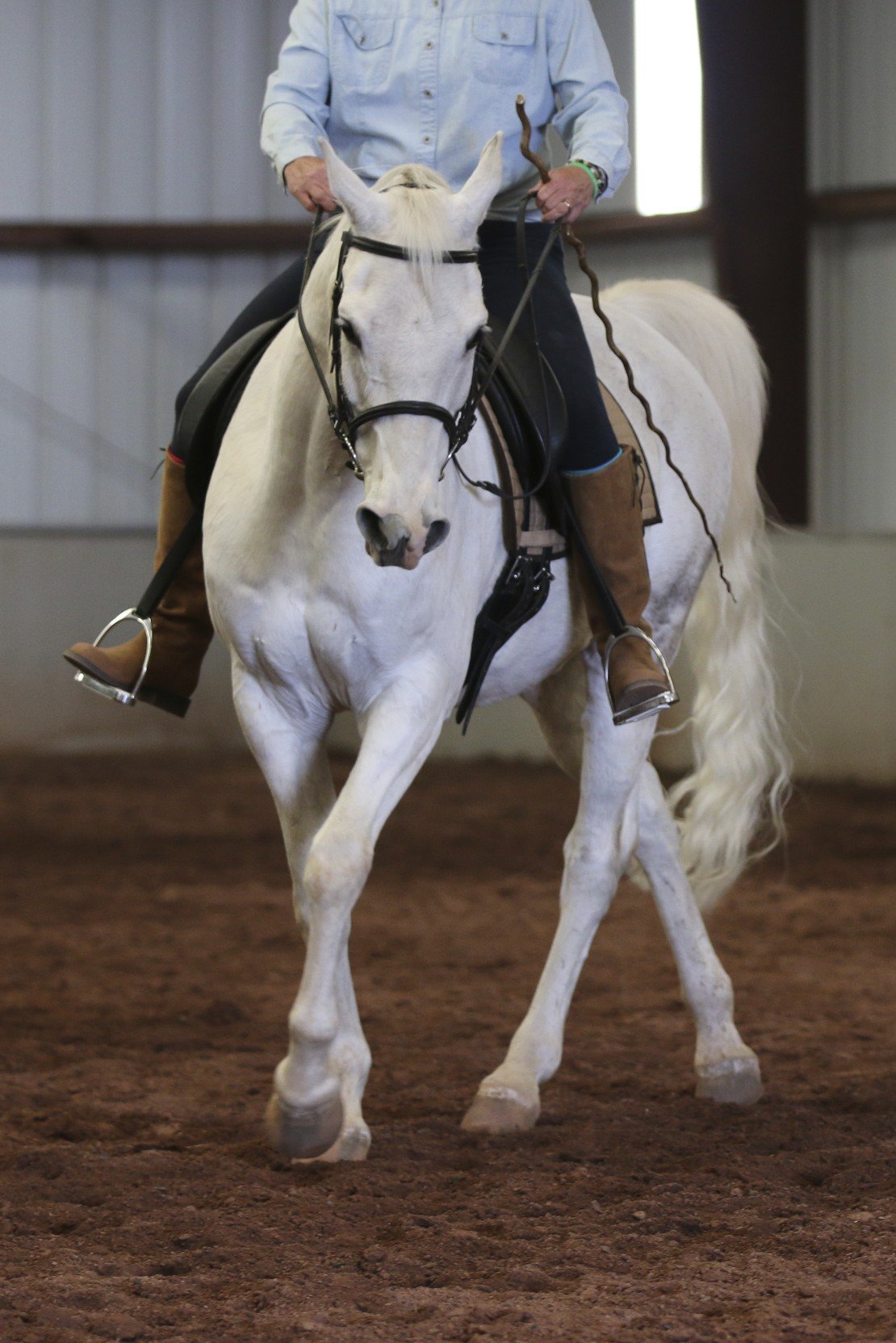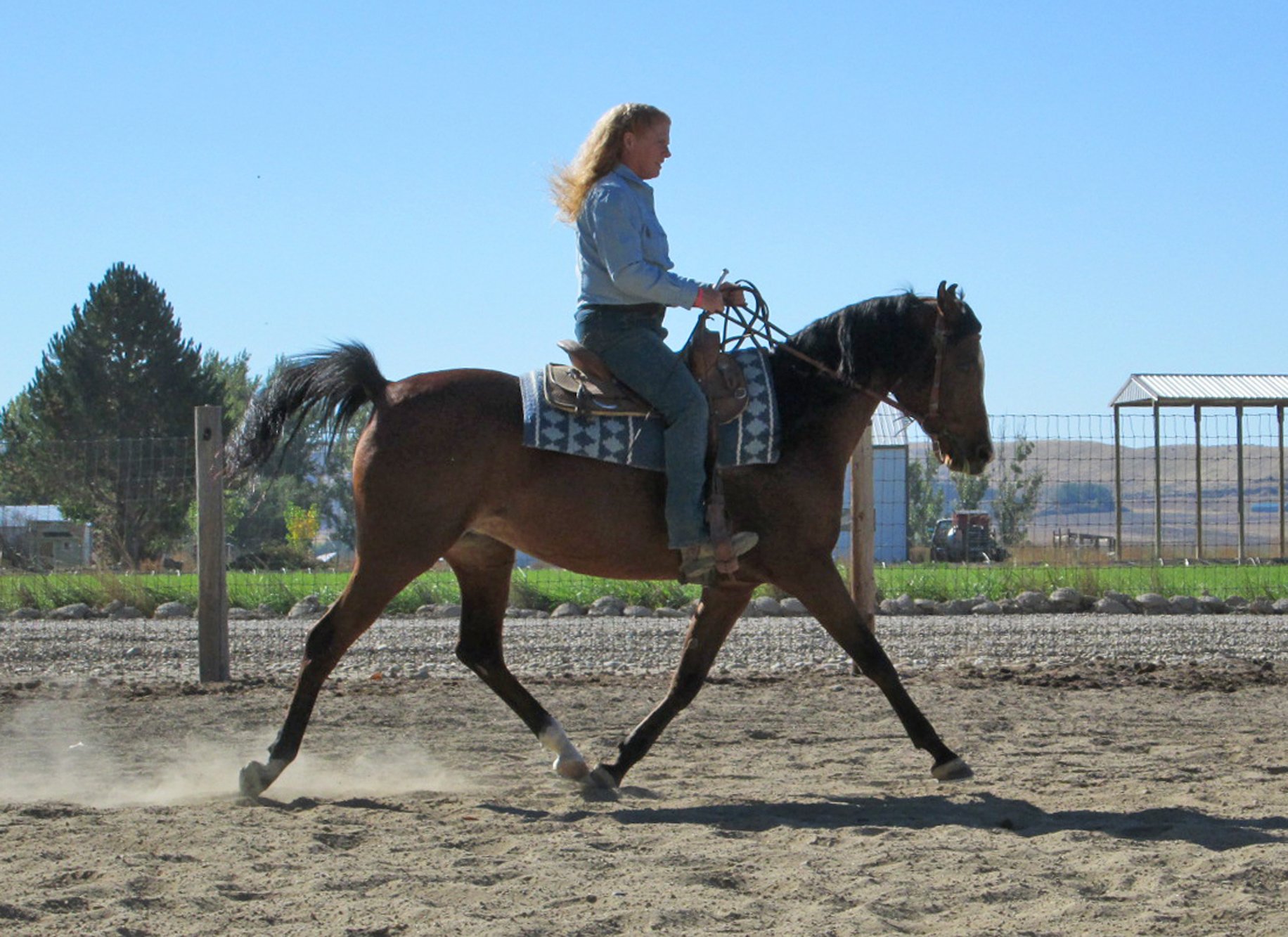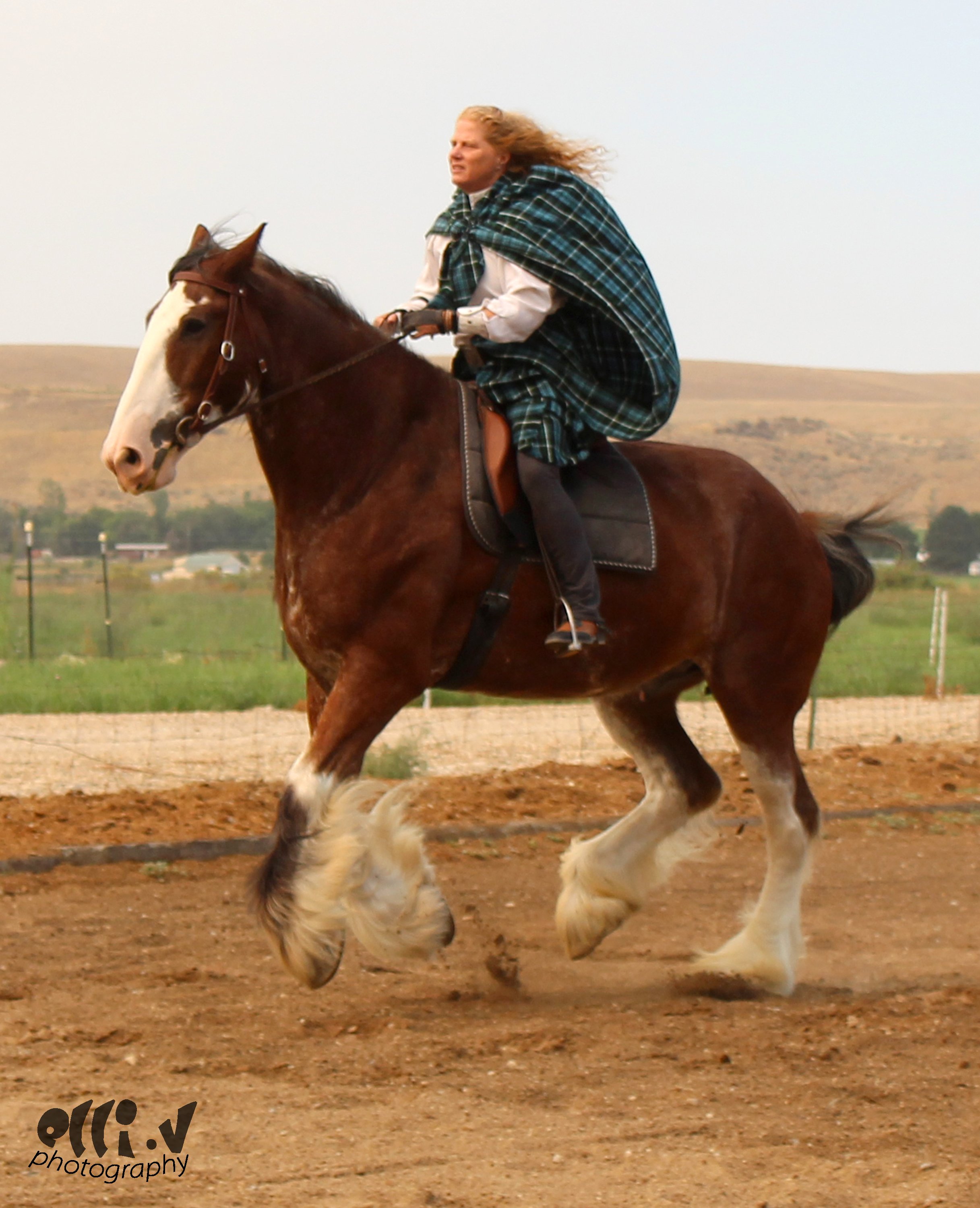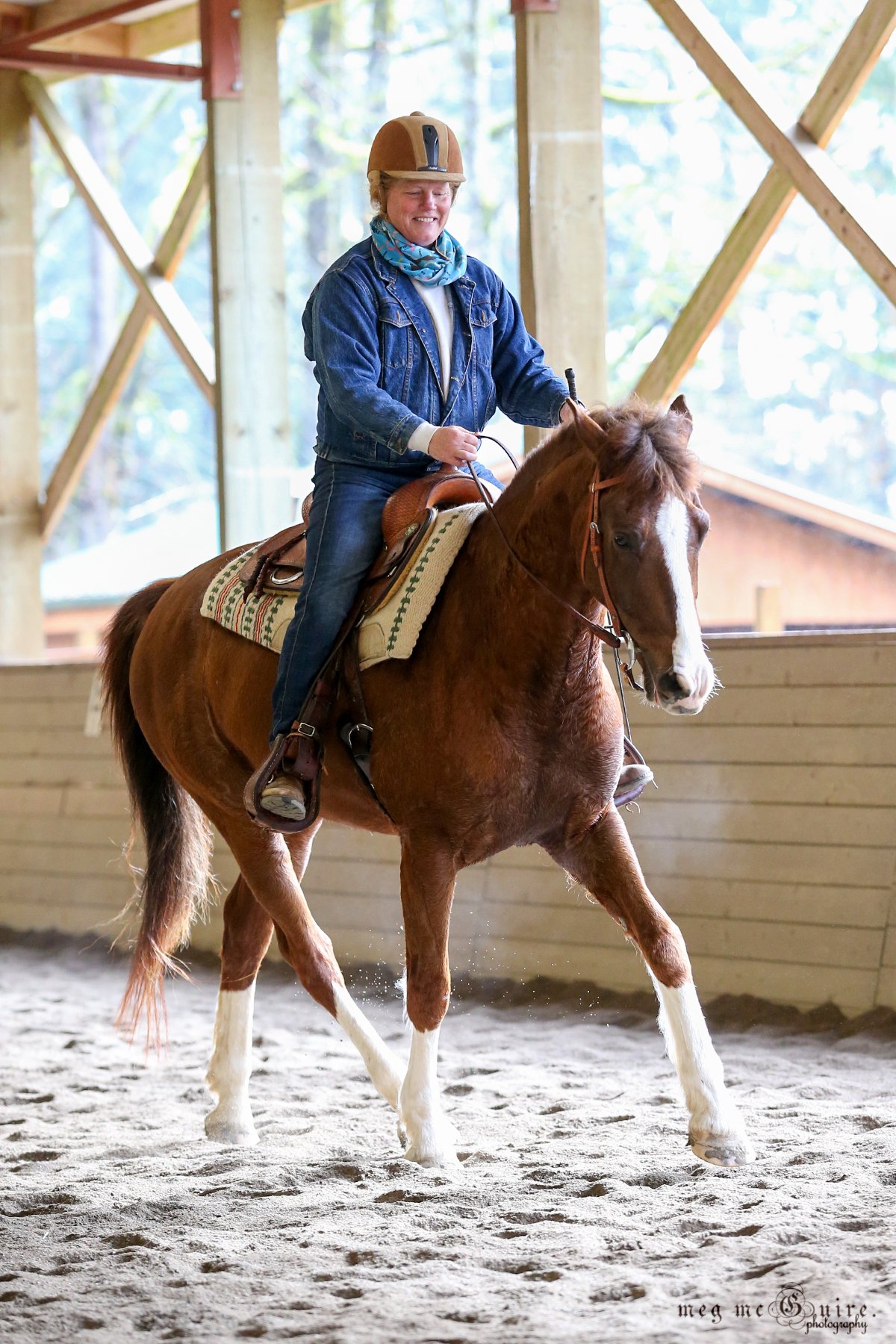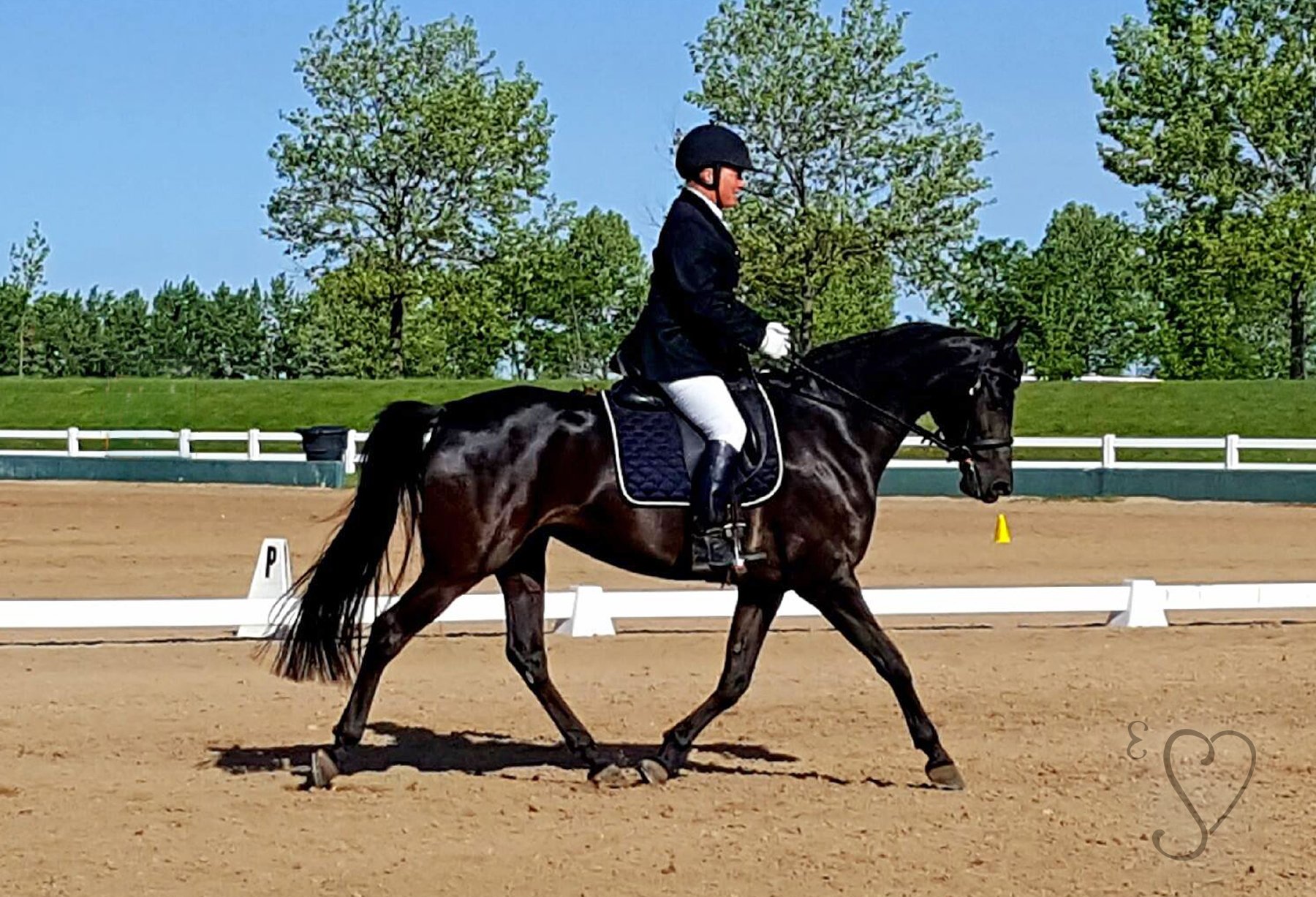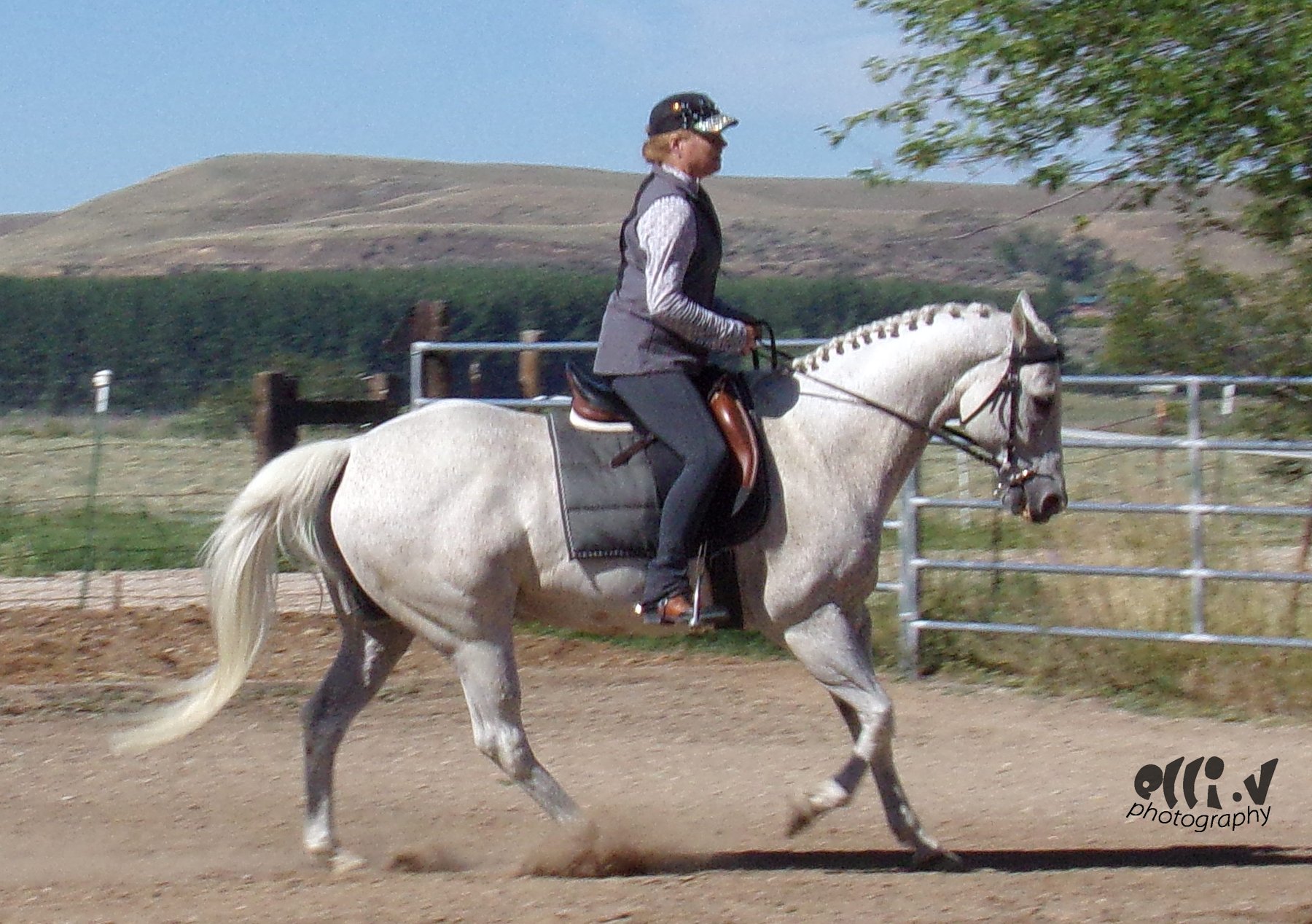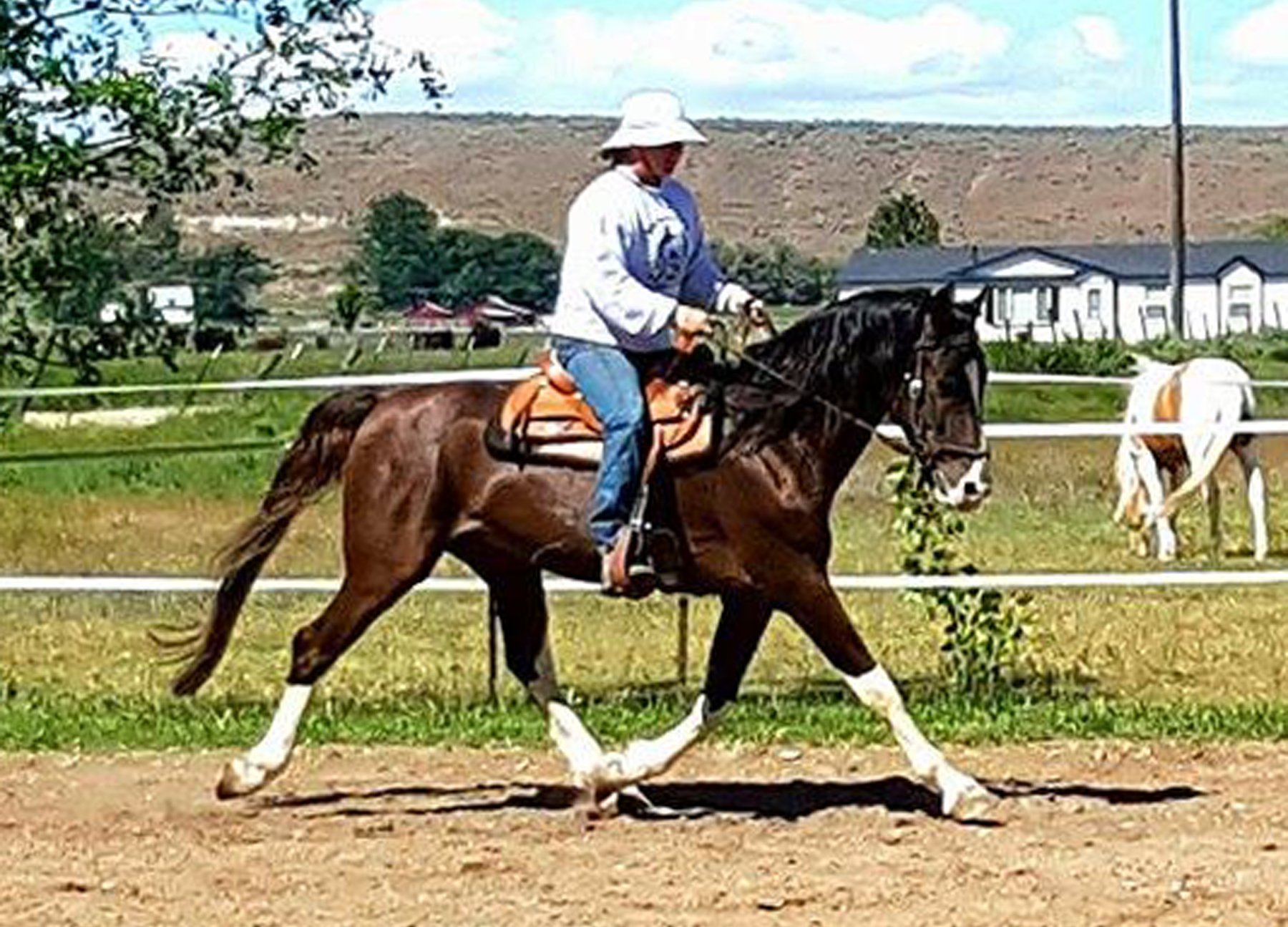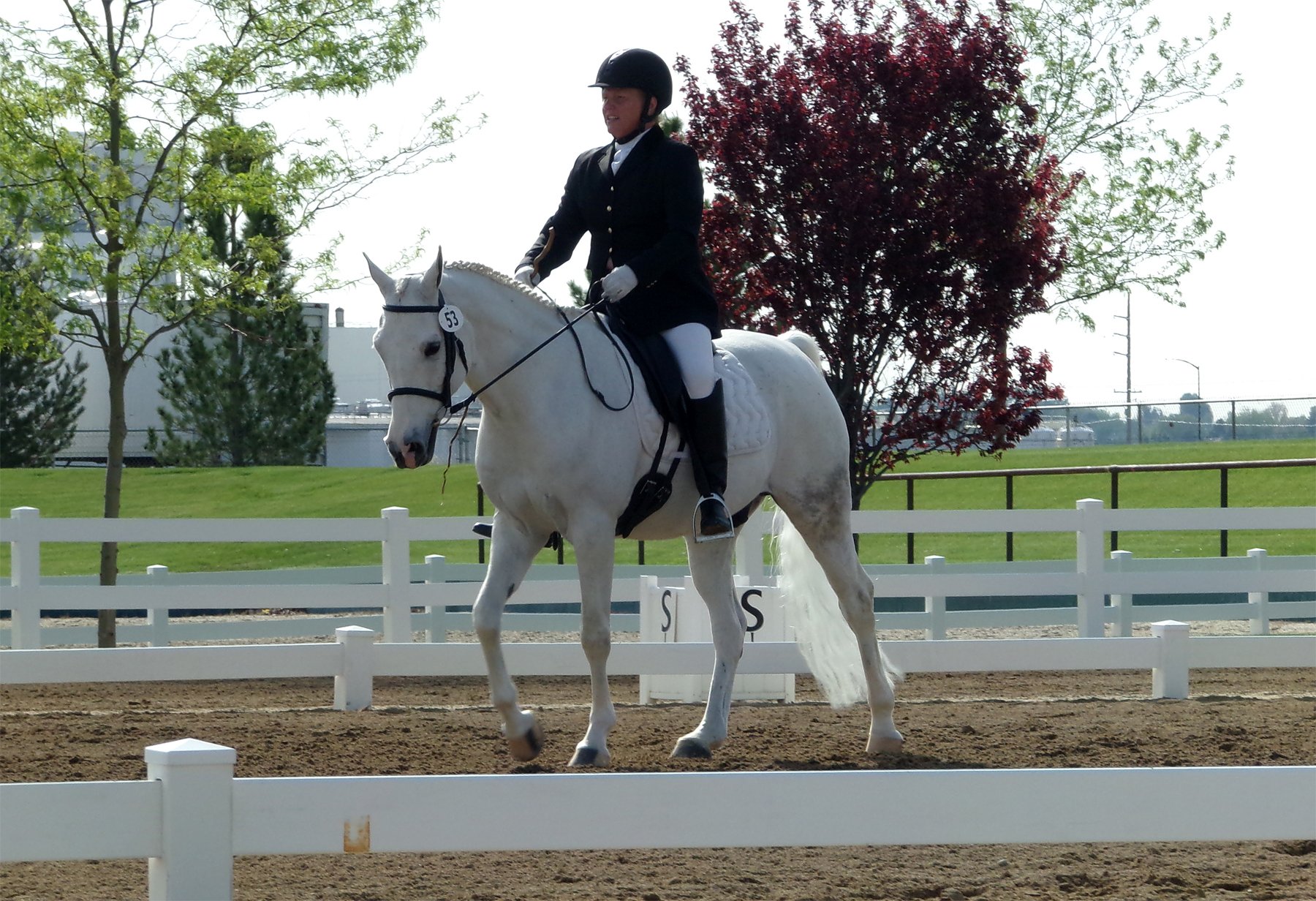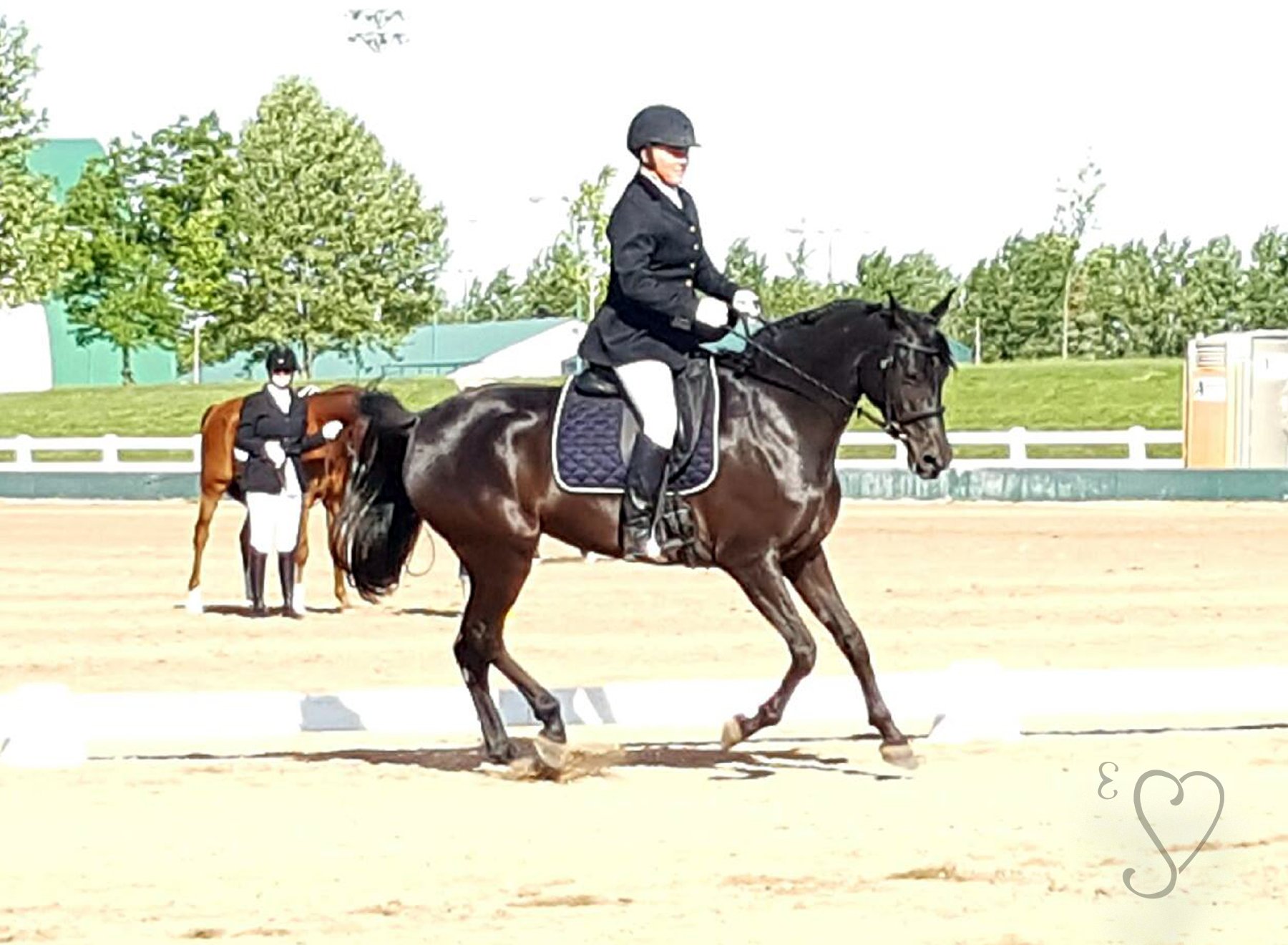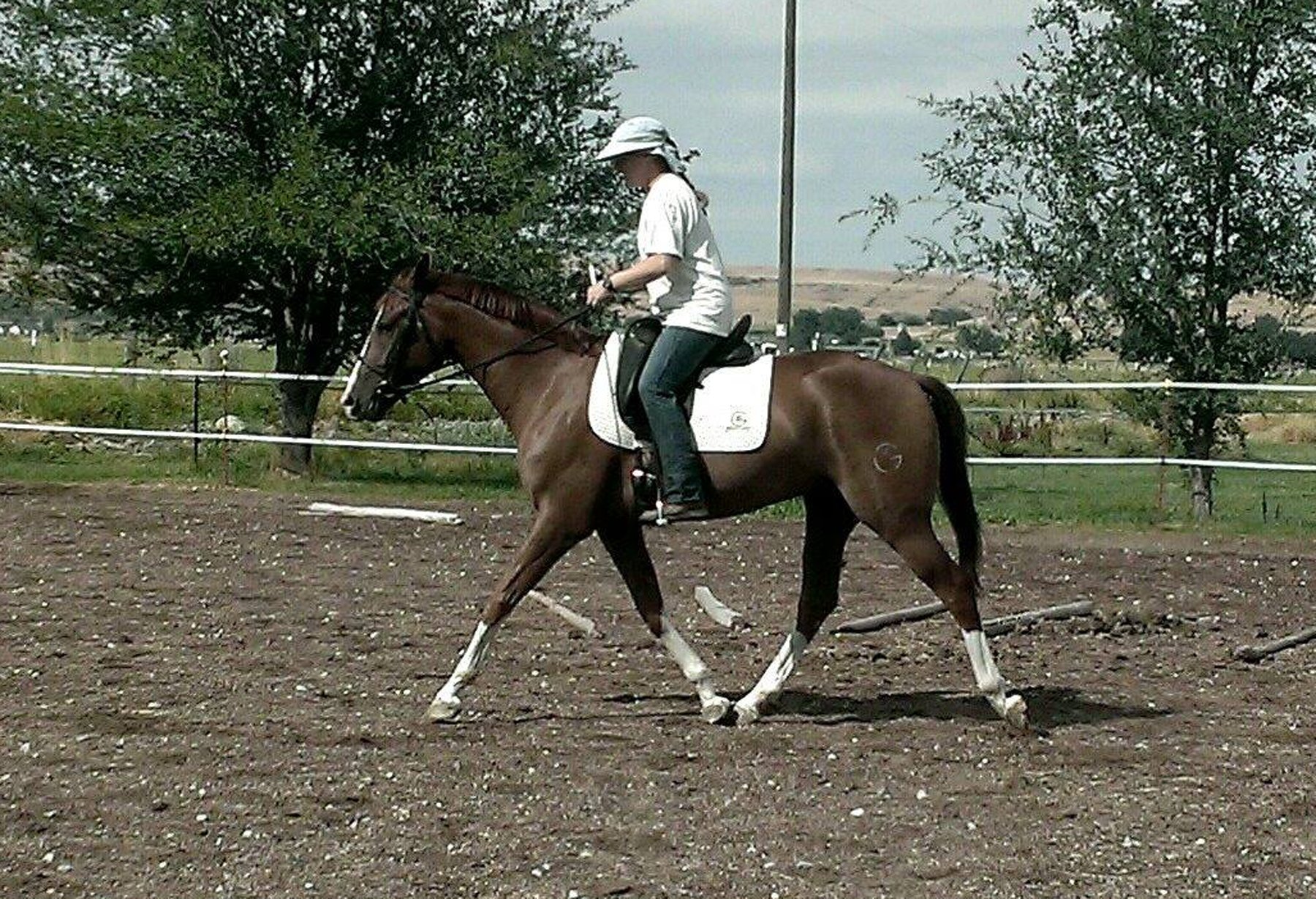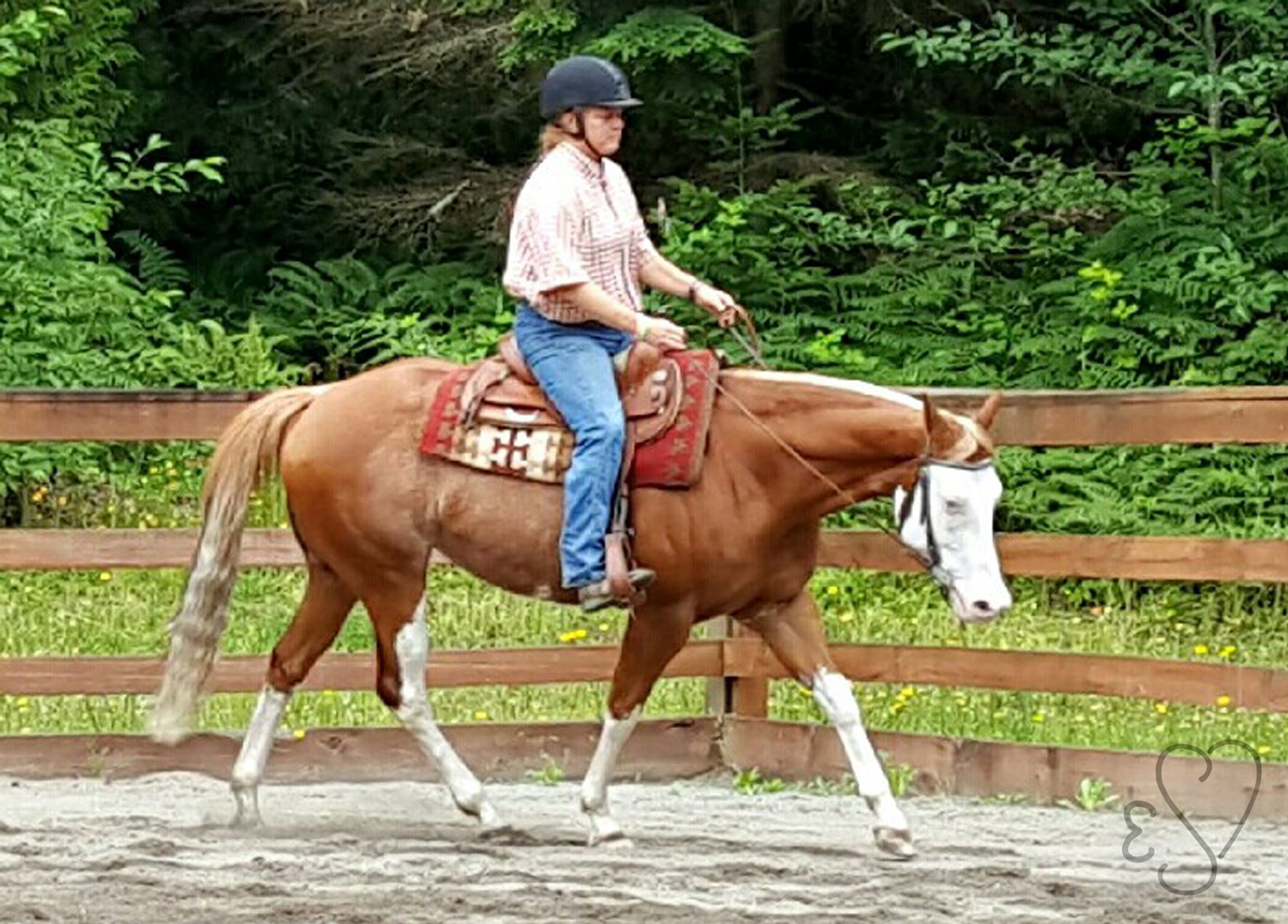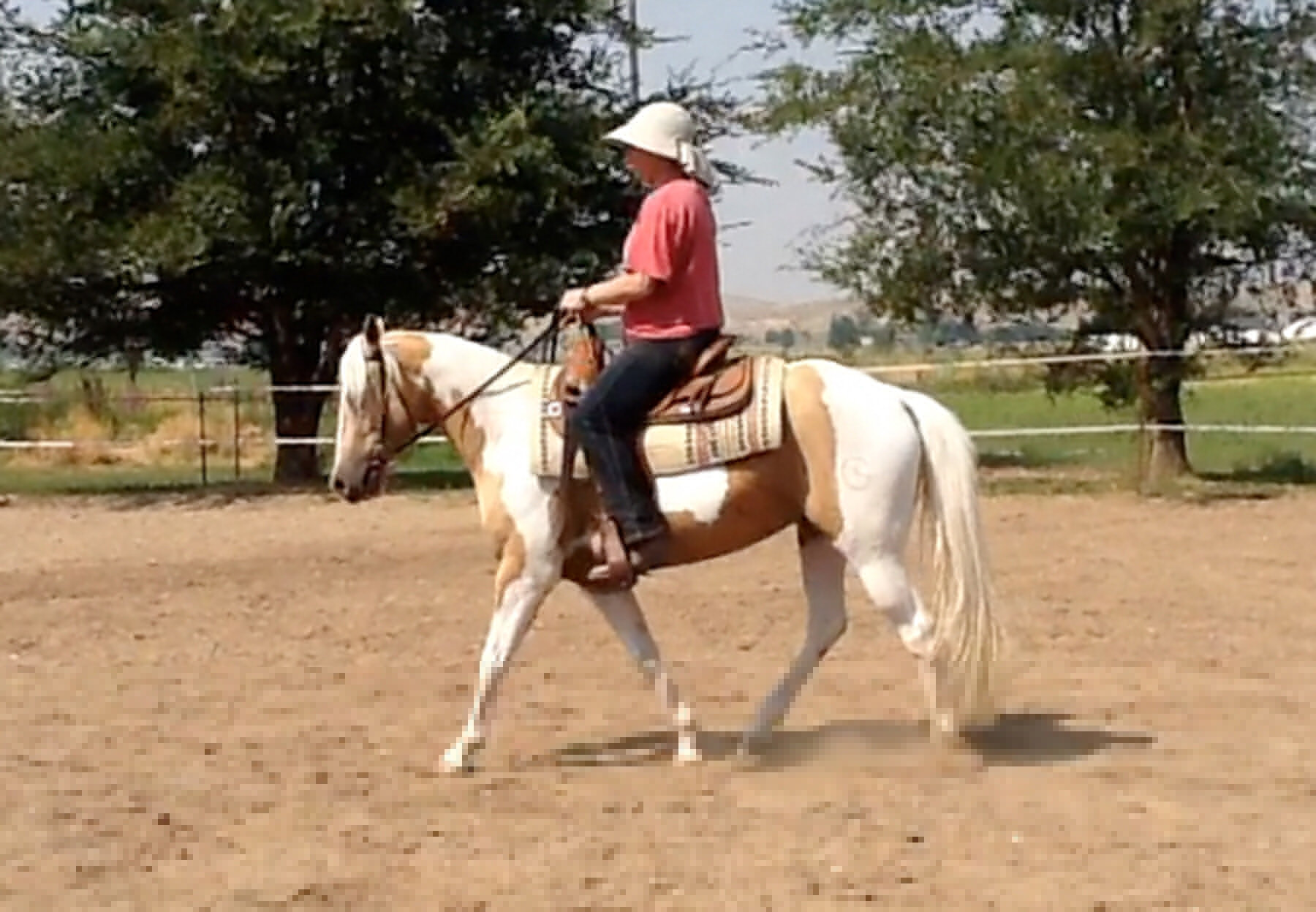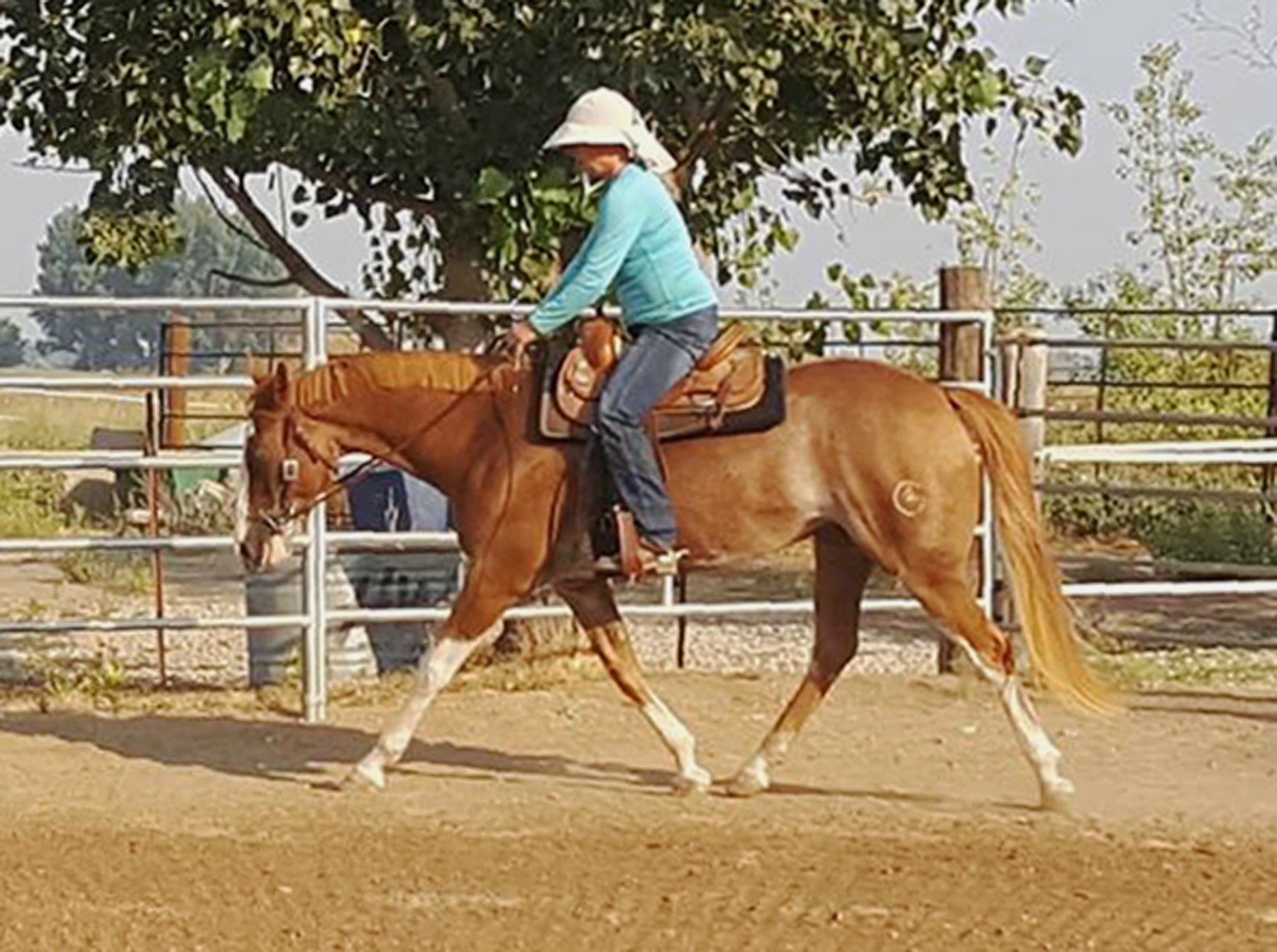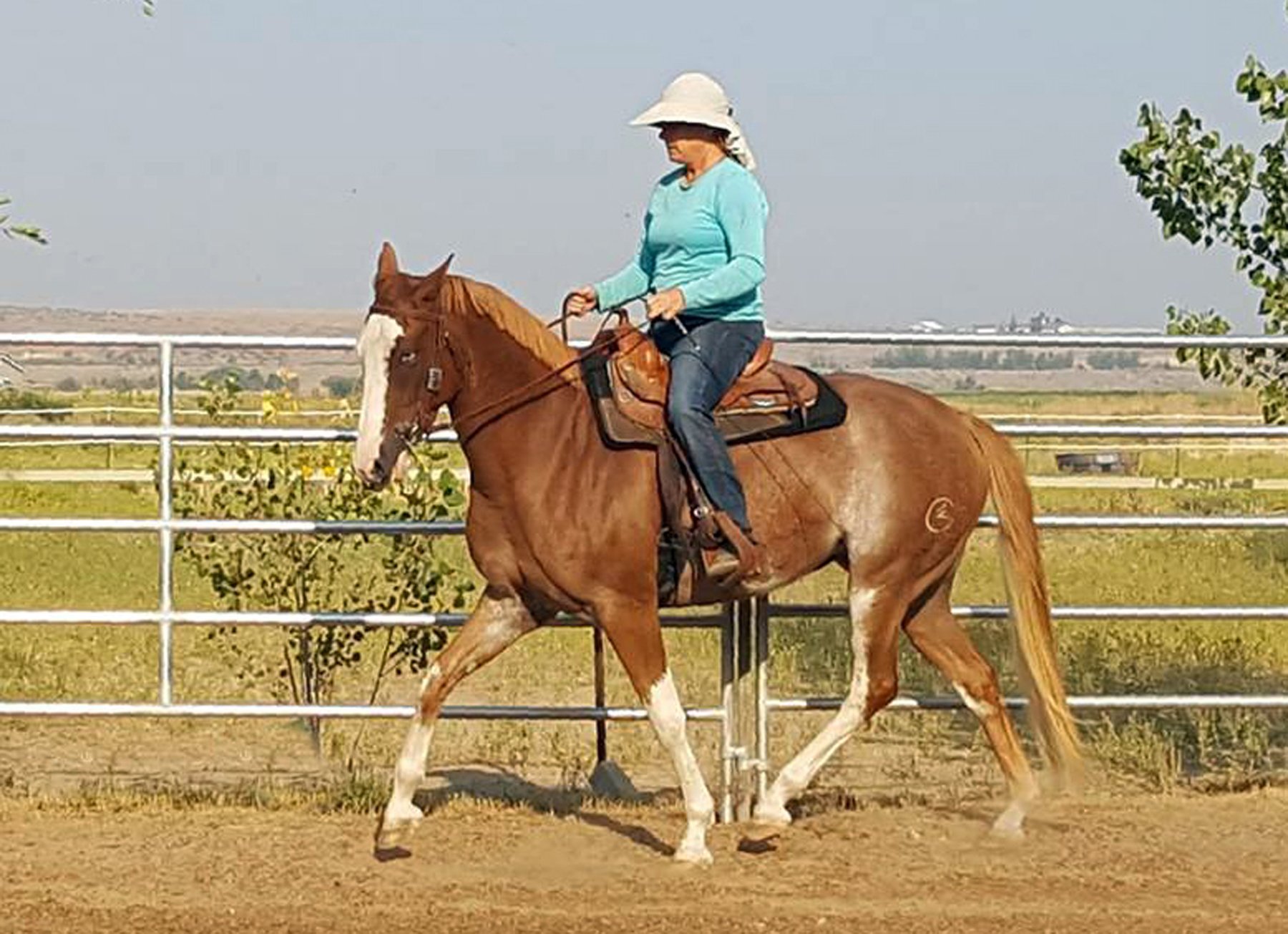Bits as non-aversive
If I look back on my entire life in horses, there is so much to contemplate. So much has changed and so much has not. Some things have changed for the better and of course, the inverse is true as well. Something that has changed drastically in my personal journey is the understanding of the communication between the hand and the mouth as a “non-aversive.” What does that mean?
Something that is aversive means that it is an uncomfortable, annoying, or unwanted stimulus. Stepping on a lego barefoot is definitely an aversive! You don’t want to do it again! So when I mean that I want the bit to be a non-aversive, is that I want the horse to JOIN me in the connection with the bit. If I use the bit in such a way that I’ve seen with twisted wire or bike chain bits, the rider wants the horse to AVOID maintaining contact with the bit. Contact with the bit becomes aversive. That’s how they tell the horse what NOT to do on their way to what they want the horse TO do. Avoiding contact from the bit is how the rider imparts directions to the horse. This is how I grew up in horses and that idea is still around today. There is an entire mindset swirling around the horse avoiding the bit and calling it “soft” as well as bits designed to emphasize the avoidance behavior in horses through very thin mouthpieces, solid chin bumpers, or nosebands…all of this meant to keep the horse “off the bit” or “not leaning on the bit.” Nothing about the designs of these bits is inviting to the equine mouth. Because it’s not designed to.
If this mindset for education of the horse wasn’t still around, these bits wouldn’t still be in tack stores today and there wouldn’t be videos demonstrating the “aversive” interaction with the bit. I’m not using these examples to create “good guy, bad guy” scenarios. I’m saying they’re using the bit as something they do NOT want the horse to connect with. They want the horse to stay disconnected from it. That’s how it is used. Here’s an example. Again, I’m not pointing fingers, I’m explaining different approaches to communication through the bit. Even in the few seconds of these videos, you can see that the riders do not want the horses to connect through the bit but “come off” or “stay off” the bit.
These two examples are from online videos intended to instruct people in training horses for reining (top video) and western pleasure (lower video). You can see the horse when the input from the bit reaches their mouth, they curl their neck and move away from the input. That’s the answer they are taught to give. Is that bad? That’s a big question for another day. Clearly, however, it’s aversive.
Before we move on, let’s discuss aversive elements in training. Do I use them? Yes, I do. When I’m teaching a horse about how I want them to react to active touch, I will begin the “aversive” (active touch or touch with intent). This means, “I want something from this contact.” If they don’t understand, I will increase the contact. If they don't understand or don’t try a response of some kind, then I will begin rhythmic tapping (with a riding stick when I’m riding, with my hand if I’m on the ground). Now, I like to work within the area of “very few ‘no’s’ and a lot of ‘yes’s’.” So the “no” in this scenario is moving into the “active touch” or not reacting at all to the “active touch.” The “yes’s” are any movement or idea of moving away from the aversive. So there’s one square inch of “no” and the rest of the planet as a “yes.” Move anywhere else besides this one square inch and that’s a “yes” and a release of the aversive. So the aversive is “active touch” followed by tapping with a whip or various increases in aversive stimulus until the horse tries something in the right direction. As the horse becomes more and more educated by repetition, the aversive becomes less and less until it is simply a suggestion (but that’s another entire book. Literally).
So why not use the bit as an aversive? Oh, so many reasons. One reason is that with my leg aid, I ask the horse to move his haunches sideways. There aren’t a whole lot of ways he can move his haunches except forward, backward, and sideways. Therefore, an aid to achieving each of these movements is relatively simple and the mild aversive of stepping away from pressure works well. The head and neck are a more complex system. Much more complex.
If the horse only knows one response, recoil from the bit, his neck is likely to become over-flexed, then his vision is restricted to staring at the ground, his nuchal ligament is stretched precariously close to tearing at the insertion points on C2 and C3, his inner ear balance center is impaired and the muscles connecting his neck to his back are either disconnected or overstretched (based on several factors).
The resulting head and neck positions of the “recoil” from the bit are putting the horse in a disadvantage through his visual and balance systems. We end up with a limited language to communicate various head and neck positions that can aid the horse in balance and relaxation. The horse only knows one answer: stay away from the bit. For these and other reasons I don’t want the bit to be an aversive aid.
The horse’s mouth has the greatest supply of nerve density in the entire horse and is a very vascular organ. This is an intimate and vulnerable area. I don't want the horse to “avoid” connecting with me in this area, in fact, if he trusts me here, I have garnished great trust indeed.
So how do I do this all differently? What is the benefit of the bit being non-aversive? What does that look like in comparison?
I realize that the two example horses are trotting instead of walking but we can clearly see that they reach into the bit and stay connected to the contact, even reaching forward and downward when it is allowed or asked for. This has repercussions throughout the entire horse. The neck isn’t contracted, the vision and balance systems are not impaired, the nuchal ligament insertions are not strained, and the horse’s body works as it is designed to. Because my hand and the horse’s mouth are truly connected, I can move the neck and head in any direction that will have a positive influence on his balance, flexibility or strength.
When I speak of the horse reaching forward and down into the contact, I’m not talking about pulling (although a horse that is shy to the contact may have to go through a short period of pulling to try something besides hiding from the contact). Strong pulling from the horse can be one way the horse either doesn't understand the contact or finds it not to his liking ie: harsh, quick, confusing, inconsiderate, or inconsistent. The contact, the connection I’m talking about is a horse meeting me in the contact like you and I would meet each other in a handshake. It’s mutual (hopefully). Even in comparing bit connection to a handshake, each horse and each person has preferences: some folks like a firm handshake while others like a lighter-feeling embrace. The same goes for horses. Some horses will seek out a more firm contact and others will prefer a light one. But let’s be clear…firm does not equal pulling and light doesn’t mean evasive. Either of those would indicate to me that the horse finds my offer of contact to be “aversive” and we’re back where we started this blog.
So why would people resist developing this kind of contact with horses? Because it is complex. It has a lot of nuances. It’s not easy to teach or to do. The horse has a choice to participate. The responsibility for creating it is on the rider.
So why do it? For me, first and foremost, it’s because horses deserve it. It offers a coordinated movement of the horse’s body, not a torso crashing into an over-flexed neck with backward-acting hands. Because being able to flex and lift and lower the neck gives me the ability to help a horse find a better balance for their level of education and strength. Because putting a horse in a compromised position visually and in their balance is not creating nobility for the horse. Because trust-building and mutual understanding is the path to unity.
Ultimately I want to add to who each horse is and can do, not take anything away.
